Cities: Skylines 2 can become a massive time-sink when you’re trying to make enough money to become cash-flow positive. It’s a rough journey where you make a ton of compromises, but embrace your mistakes and build upon them to make an amazing, money-printing metropolis.
The secrets to making money in Cities: Skylines 2 are certainly difficult to unearth, and there’s no small part played by exploration of the game’s mechanics. But I dove deep into the game, and came back with a treasure trove of precious tips for you to enjoy!
Making Money in Cities: Skylines 2 — How to Stay Cash Flow Positive
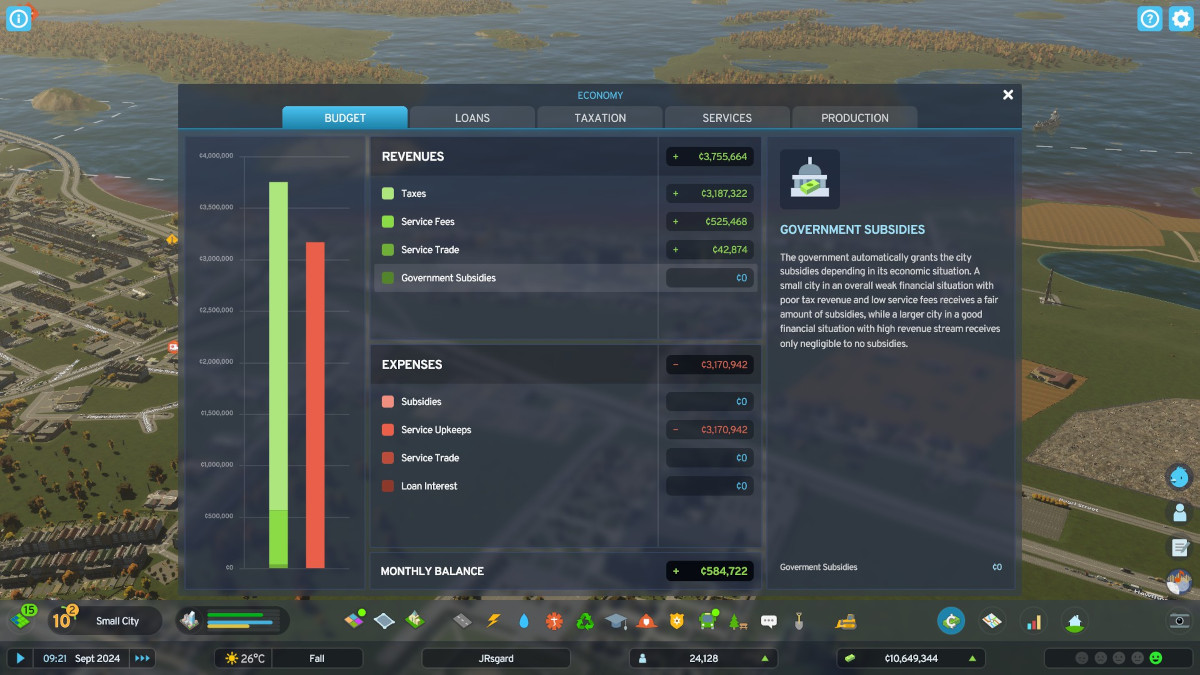
I gave you an initial guide to stop losing money in Cities: Skylines 2, and while it makes sense, a good deal more effort will be needed to make some crazy inroads to become cash-positive. You’ll want to do the following:
- Pay attention to the type of terrain you choose before starting your city, and the resources it yields
- Build low-density housing primarily, with occasional commercial zones, and always use the marquee tool
- Stick to small clusters of squares, 3×3, 4×4, 5×5 for the most part when building housing at first
- Unlock milestones a lot, they will be instrumental in keeping you afloat until you become self-sufficient
- Once you reach level 3 and beyond, build specialized industries like farms and mines
- Build industrial zones to surround those specialized zones, and watch your profits soar
Related: Cities: Skylines 2 Review — Hooked on Urban Planning
But instead of just offering bite-sized tidbits, I thought I’d go in-depth for each of these, as you’ll want to keep your city growing. Do these, and you won’t even need to use the game’s loan feature. I transformed my city from a humble small town into JRsgard, an oil-rich metropolis that can’t stop printing money and enticing outsiders with its 0.3% unemployment rate.
Pay Attention to Your Resources to Make Money in Cities: Skylines 2
When choosing your terrain type, check the resources on the bottom, typically highlighting grains, wood, and oil. This allows you to plan out your money-making endeavors before even beginning your playthrough. Industry is your friend, as you’ll see in later points I’ll raise about this game. I encountered plentiful wood, ore, and oil on my map, and was able to build into that.
Spread Out Your Houses With Commerce in Between
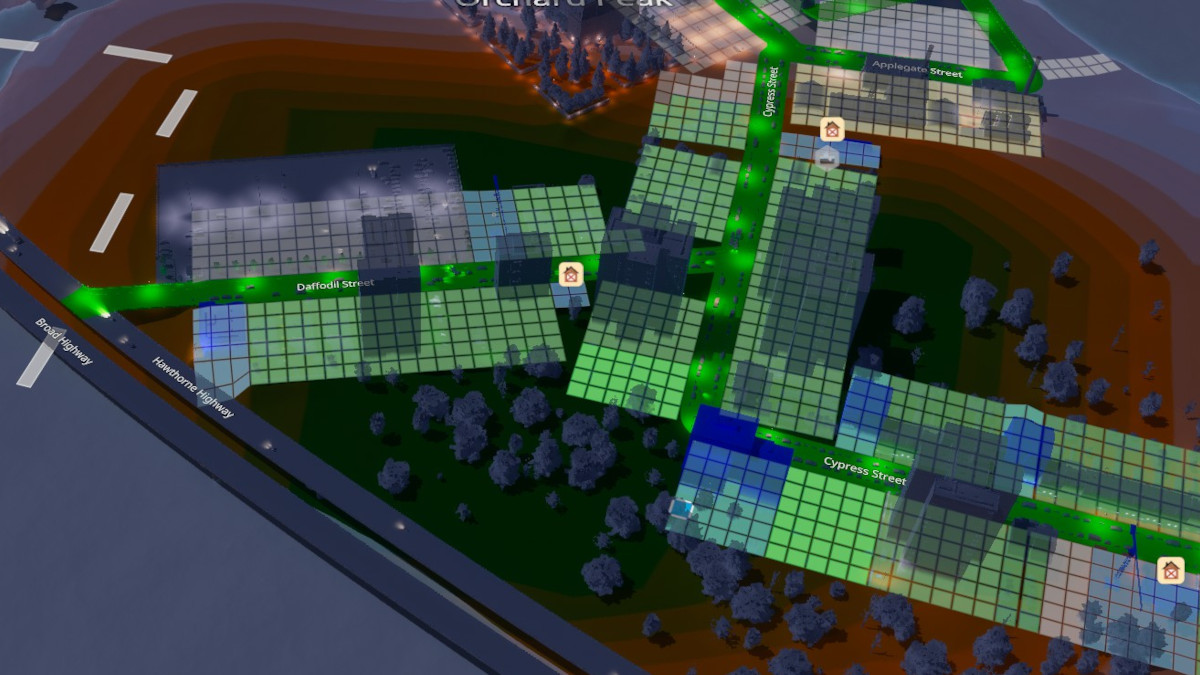
You want commercial zones not to cannibalize each others’ business. You can technically plot out future stores based on the customer presence shown on the terrain (orange-to-green being the colors you want to see) but you can cheat this by building clusters of residences with small 3×3 or 2×2 stores and eateries, getting bolder when your population grows.
Don’t be discouraged if you see squares go unused — they will get their time to shine as you expand. When building, create grids out of your streets, creating perpendicular intersections to make as many spaces available for homes and stores as possible. Pay attention to the demand meter: as long as it’s got demand, you can build zones that correspond to it, and it’ll grow rapidly after expanding, especially when you grow your industry.
Milestones Are Interest-Free Investments Toward Protecting Your Cash Flow in Cities Skylines 2
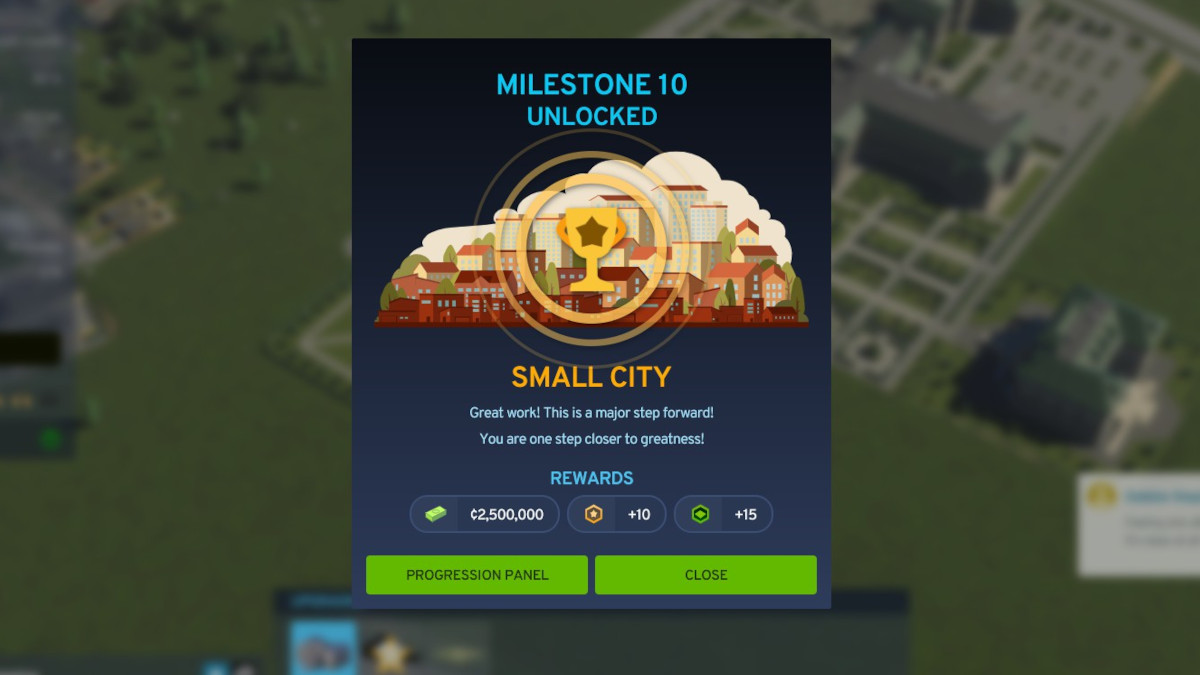
Milestones are essentially level-ups in the game, unlocking new features while also giving you heaps of money. This is the game’s built-in assist feature to help struggling players build themselves incrementally.
Reach these milestones by building signature buildings, one of the single greatest free sources of XP in the game, as well as growing your population and building more advanced services. Use these to buy tiles and, once you’ve filled out your current tiles, build out into more areas, and residences must always be upwind from industry.
Industrialize Like Your Life Depends on It

Industry is great for one thing in particular: it’s a massive constant source of employment while producing valuable resources you can export or sell via commerce. Doing so also enhances household income, keeps your citizens able to afford rent, and incentivizes them to spend back toward you. Industry is one of the quickest, most organic ways to make money and stay cash-flow-positive in Cities Skylines 2.
When you build specialized industries do the following:
- For industries like wood, ore, and farming where you are shown available resources, build your zone to cover as much as possible, building a surplus
- For each of these you build, surround them with industrial zones. Build these as districts far away from your residences to prevent pollution, and downwind
- You can build commercial zones between industrial zones like they’re residences
Place parking lots to make civilians happy and keep them cheap: you’ll take a small loss but the convenience is key to making sure they can get to work. However, extremely expensive automated parking lots are too big a loss leader, so cut these loose to see your expenses drop like a rock.
I took all of these steps and went from making -$596,000 a month to generating six figures and practically leaving the town on autopilot. The best feeling is seeing your budget menu where the government subsidies, designed to assist struggling towns, are a hard zero. This makes it sound like your shady friend who is trying to recruit you as a financial advisor, but it works. I also became a crazy-rich oil baron, living out a There Will Be Blood fantasy, and let me tell you, I drink everybody’s milkshakes now.

It can take hours of your time, but it’s incredibly gratifying, even though it sometimes results in you accidentally forgetting to build out your healthcare coverage, and you see a building waiting simultaneously for an ambulance and a hearse. Can’t win ’em all, but as long as your birth rate is higher than your death rate, your moving-in is higher than your moving-out rate, and unemployment is historically low, you win where it counts.





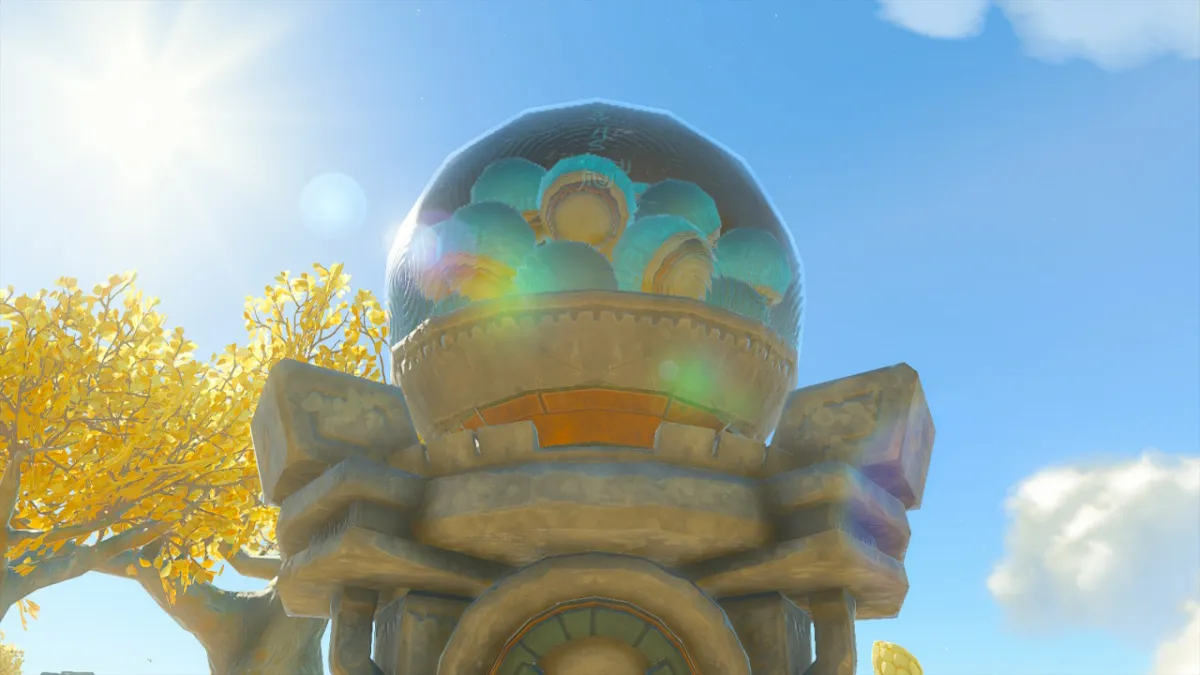




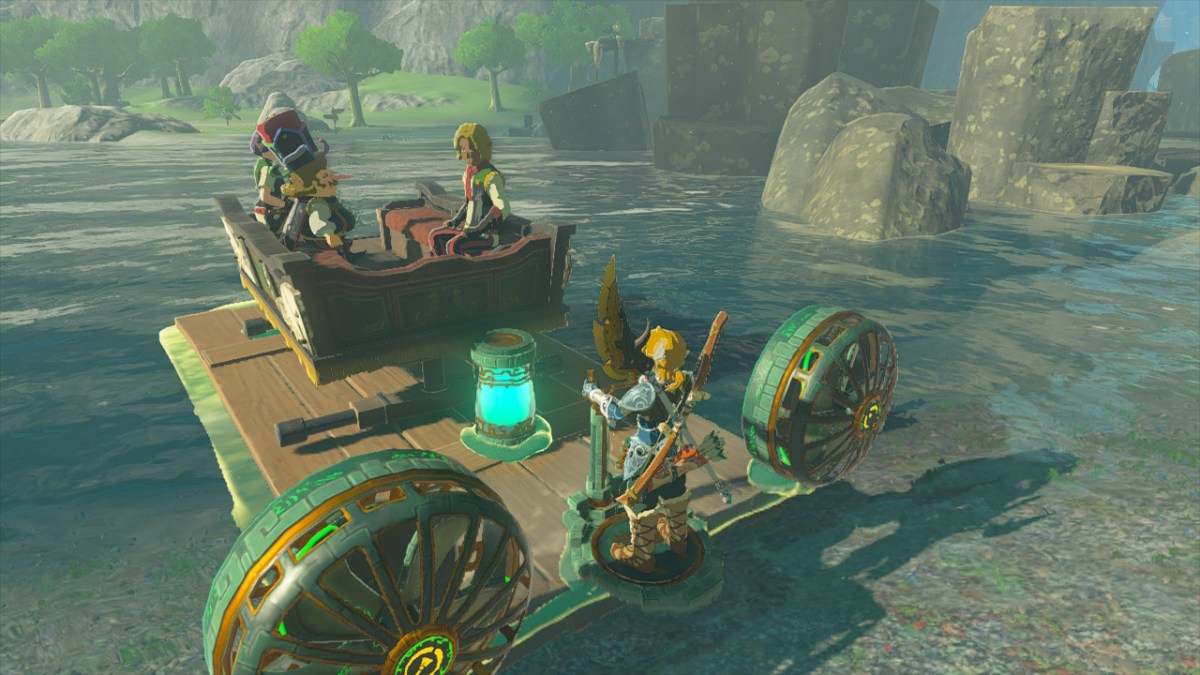

Published: Oct 27, 2023 09:56 pm